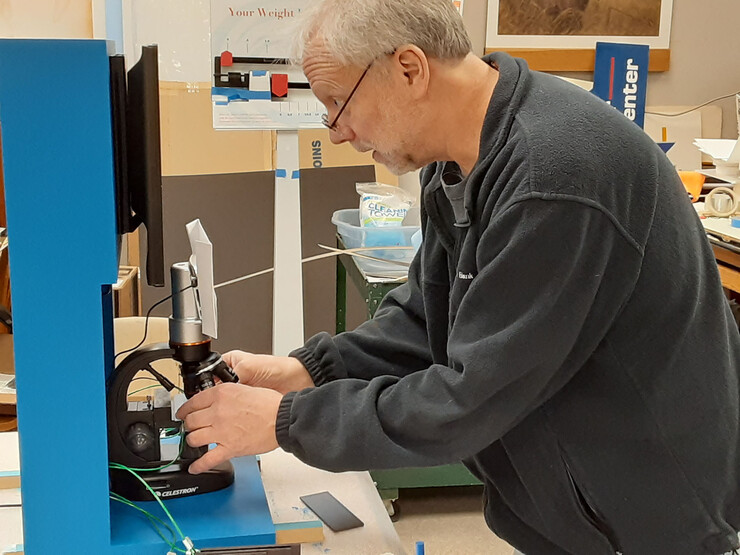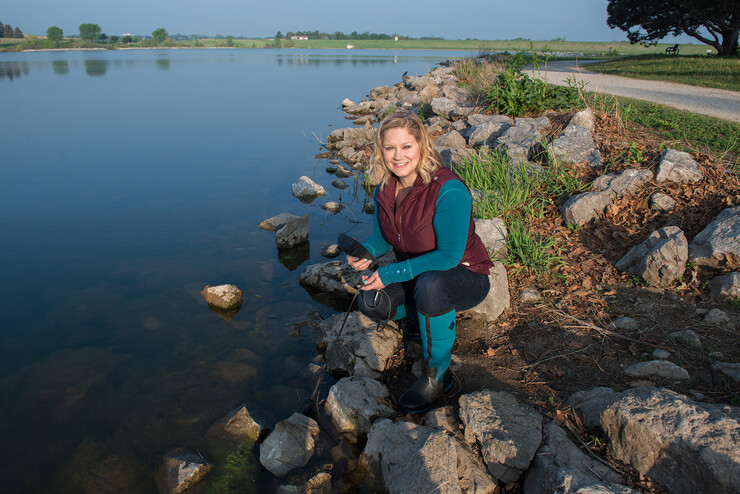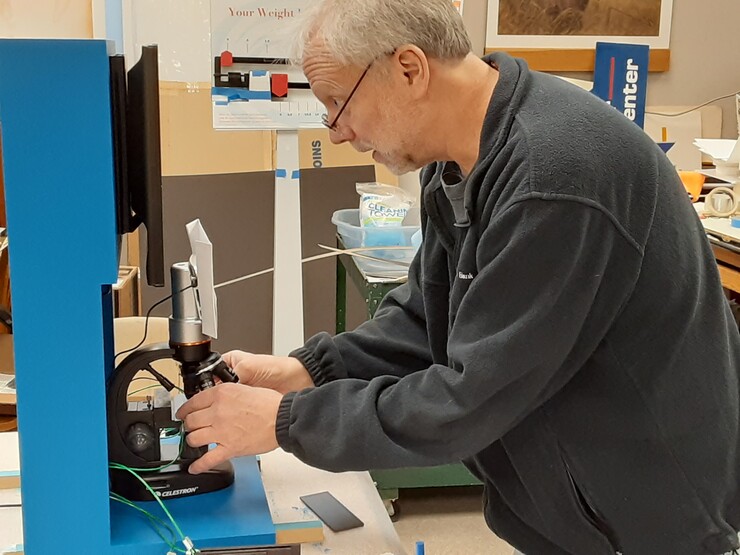· 3 min read
Traveling exhibition at Morrill Hall to examine role, challenges of water

After the floods of 2019, Nebraskans know the power and impact water can have on landscapes and livelihoods. “H2O Today,” a new, temporary exhibition at the University of Nebraska State Museum at Morrill Hall, examines the diversity and challenges of global water sources. The exhibition promotes conversation, creativity and innovation through art, science and technology. Organized by the Smithsonian Institution Traveling Exhibition Service, the exhibition will open to the public Jan. 26, with an official ribbon cutting at 12:45 p.m.
“H2O Today” dives into what it means to live on a planet where 71% of the surface is covered in water, yet less than 3% is drinkable. It explores the science of water from the hydrological cycle, weather and climate to its physical power as an architect and sculptor of landscape. The exhibition highlights its criticality in daily life worldwide through water power, industry, agriculture and home use. Visitors will learn the effects that climate change, population growth and pollution have on the water cycle and weather patterns, as well as the creative ways people around the world are tackling the challenges of water shortages and pollution.
“It is impossible to live without water, yet it is so easy to take clean, abundant water for granted in our daily lives,” said Susan Weller, museum director. “We hope to spark many conversations among visitors about our role in ensuring there is enough water for humanity to thrive, not just survive, in the future.”
The exhibition will run through August. Access to “H2O Today” is included with museum general admission. The exhibition’s presence at Morrill Hall was made possible in part by sponsorship from Pinnacle Bank.
“H2O Today” was adapted from an exhibition organized by the American Museum of Natural History in New York City and the Science Museum of Minnesota in St. Paul, in collaboration with the Great Lakes Science Center in Cleveland; The Field Museum in Chicago; Instituto Sangari in Sao Paulo; the National Museum of Australia in Canberra; the Royal Ontario Museum in Toronto; the San Diego Natural History Museum; and Science Centre Singapore with PUB Singapore.










